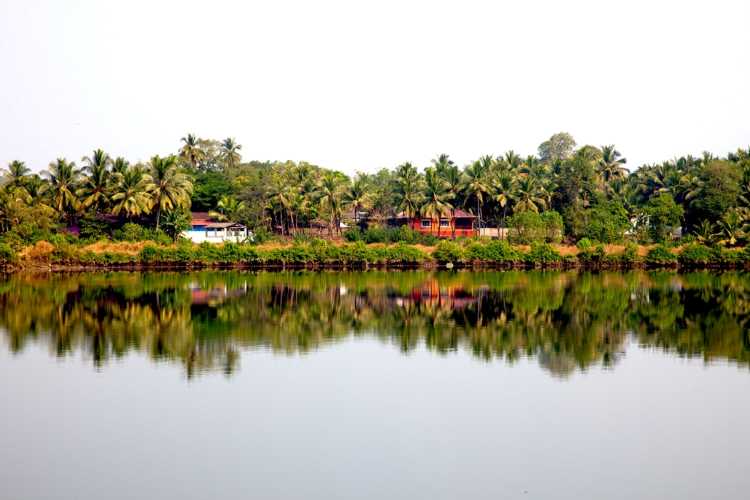
India is facing a serious water crisis – its rivers and water bodies are drying up, its dependence on ground water has reached unsustainable levels, and a large number of Indians have no access to safe drinking water. One cause of the current crisis is the deterioration of the country’s water bodies. The water bodies of India are the source of water security in the villages and were instrumental in recharging of groundwater in the area. Years of neglect and encroachment have resulted in their deterioration, leading to acute water shortage. There has been a rapid depletion of ground water, resulting in a shortage of water for drinking and agricultural activities. Dr VC Goyal of the National Institute of Hydrology is one of the foremost experts on the subject. He has spearheaded several projects for the rejuvenation of ponds in Uttarakhand and Uttar Pradesh. In an exclusive interview with Policy Circle, he lists the opportunities and challenges for India in its efforts to ensure water security. Edited excerpts:
How serious is the issue of pond degeneration?
Ponds in India are filled with all sorts of waste from their catchment areas. Domestic wastewater and solid wastes are dumped into these ponds. Disposal of wastewater in the ponds is a major public health concern as the stagnant water smells bad and leads to many diseases. As a result, ponds are no more used for drinking or bathing purposes or any other useful purpose. The groundwater recharge from these ponds is contaminating the local aquifers. Many of these ponds have been encroached upon by local land mafia.
READ: Indian monsoon among nine Climate change tipping points
What are the major projects undertaken by NIH?
NIH undertook first project for the rejuvenation of a pond near Roorkee with the use of a “constructed wetland”, a nature-based solution, and handed over the rejuvenated water body to the village council in 2017 along with a standard operating procedure for its maintenance. Based on this project, NIH was awarded two projects by the ministry of water resources, river development and Ganga rejuvenation (now the ministry of Jal Shakti) for the rejuvenation of 21 village ponds in Muzaffarnagar, Meerut, Ghaziabad and Baghpat districts of Uttar Pradesh. This project is nearing completion, and the storage capacity of the rejuvenated ponds has enhanced by three to four times.
How the efforts of pond regeneration can be sustained in the long run?
In the case of rejuvenated ponds in Muzaffarnagar, the district administration is advising the local village bodies to further develop and maintain these ponds using MNREGA funds. Sustenance of such efforts can be ensured only if the local bodies take up the operation and maintenance of the ponds using district funds.
What are the challenges involved in replicating the successful model throughout the country?
According to the National Wetland Inventory and Assessment report, India has 5,55,557 small water bodies (including village ponds) with area less than 2.25 ha. As such, rejuvenation of these water bodies has large potential of achieving water security and climate resilience. There have been many success stories of pond and lake rejuvenation throughout the country. Unfortunately, there exists no scientific atlas/repository of village ponds with coordinates, present status in terms of spread area, storage capacity, quality of water, availability of animal and plant life, etc. This is required at the government of India level.
READ: Children of the world facing existential threats, says new study
The state governments should make a concerted plan to rejuvenate at least 40 to 50 village ponds in each district every year, and entrust the local bodies with this responsibility by providing funds. The local bodies should mobilize the local community in taking up this task. A strong component of advocacy will be required to make the people aware that these village ponds are not only a source of standing water but also an important source of groundwater recharging, drought proofing and climate resilience.
Narendra Modi government has a new flagship programme Har Ghar Jal mission. How can this be linked to the revival of village ponds?
The components of the mission include development of reliable drinking water sources and/or augmentation of existing sources to provide long-term sustainability of the water supply system. Village ponds have always been an important source of recharge for the local aquifers. Rejuvenation of existing water bodies (including ponds) is vital for source recharging at village level and, hence, shall be an integral component of JJM.
Anil Nair is Founder and Editor, Policy Circle.

